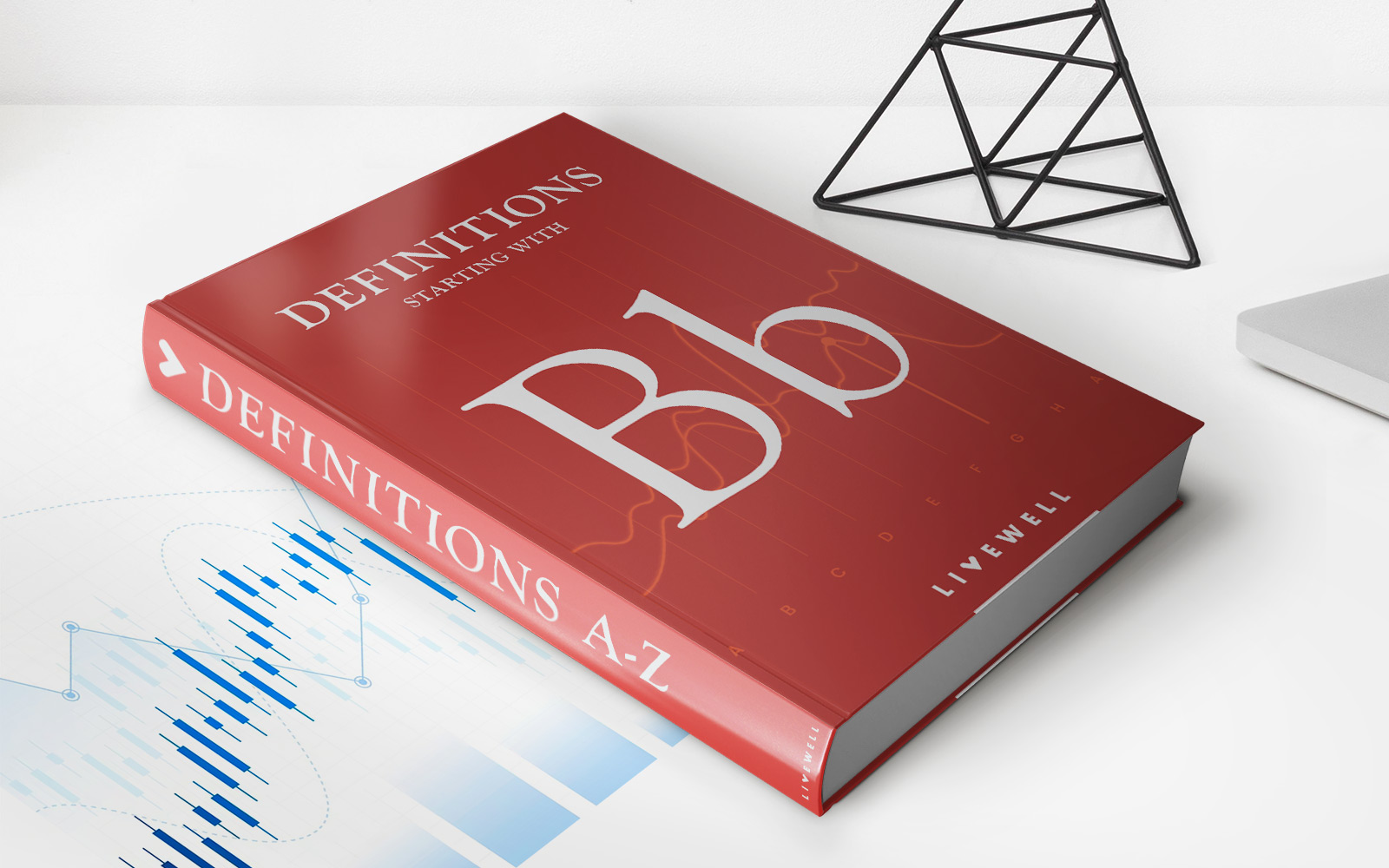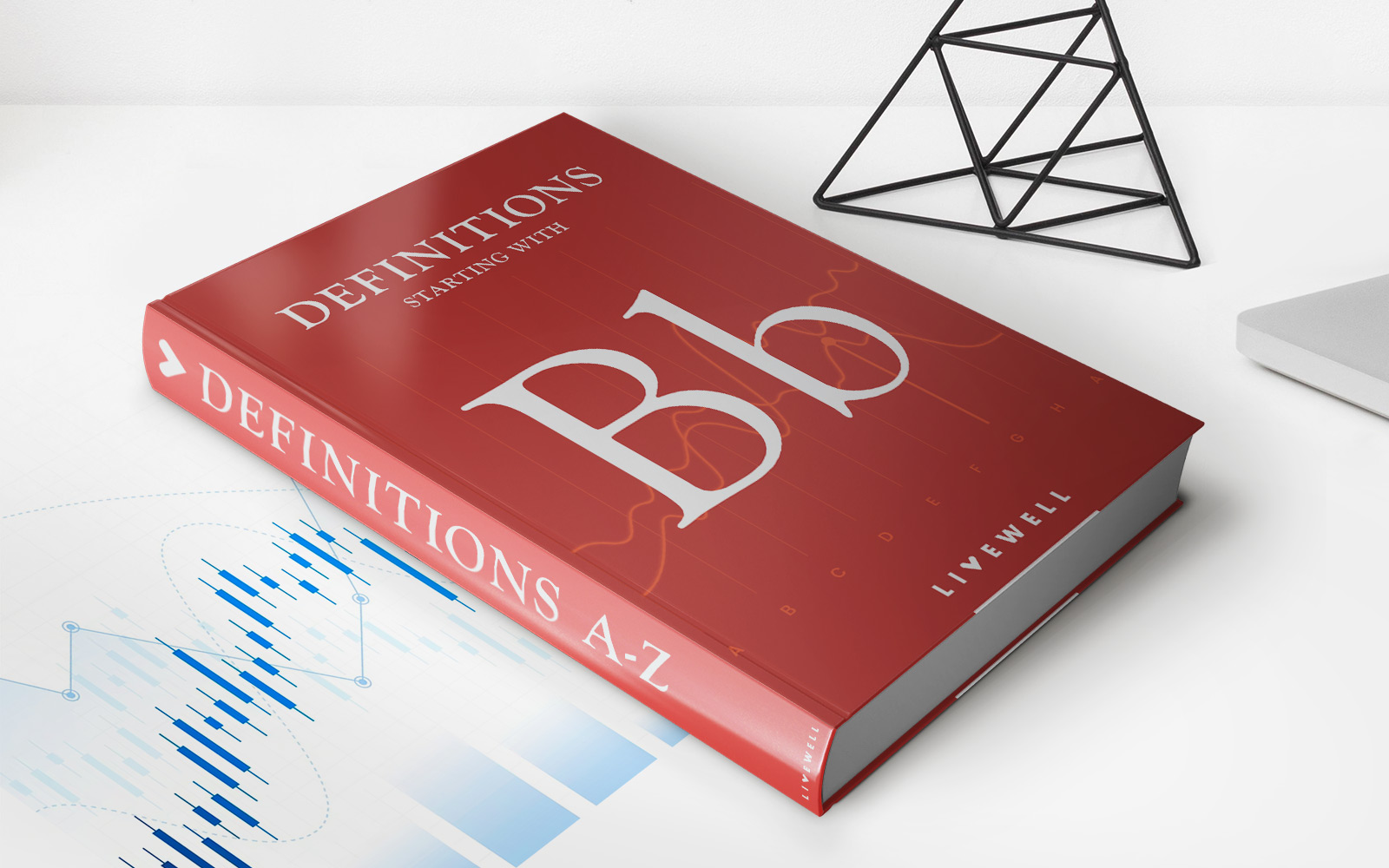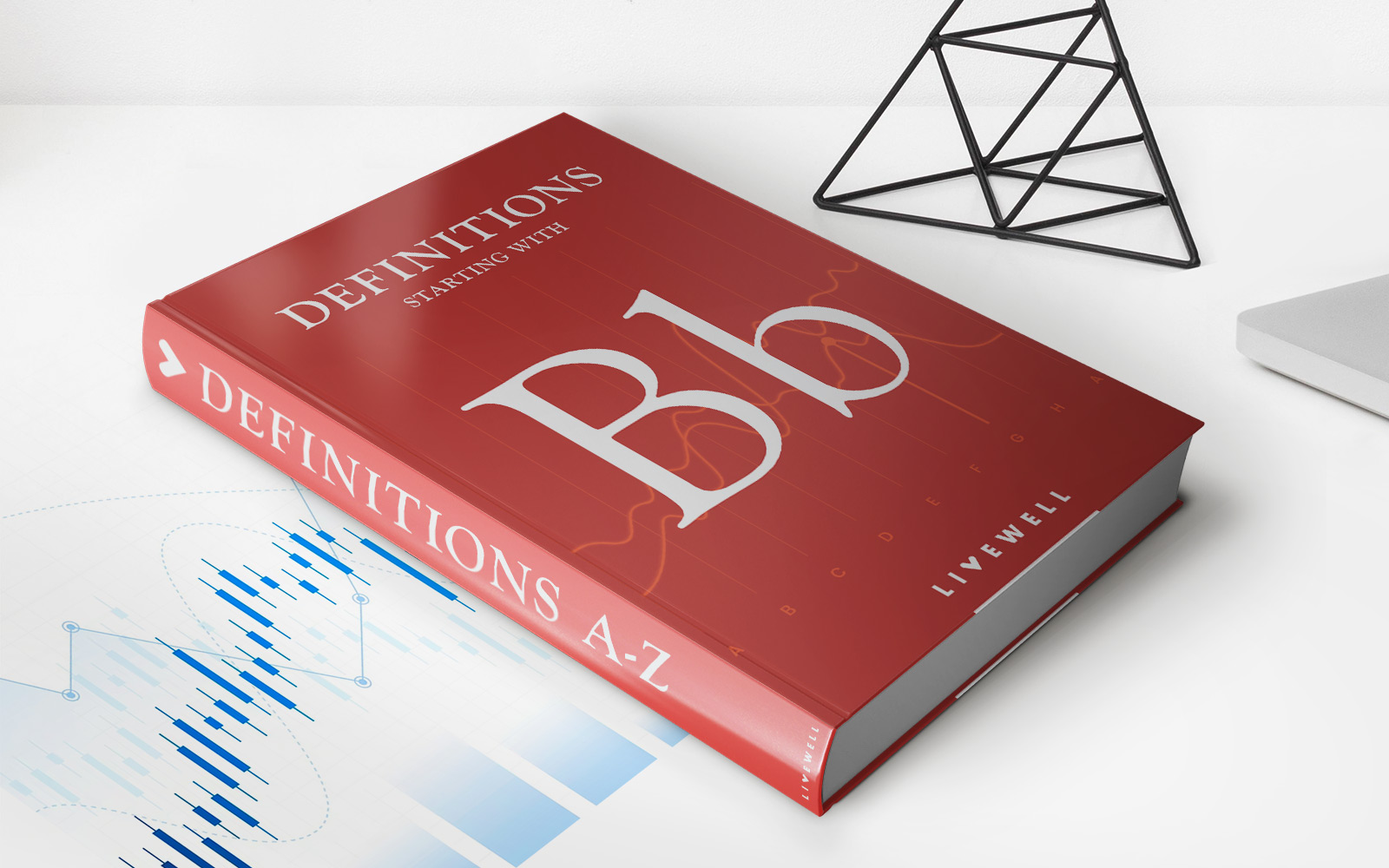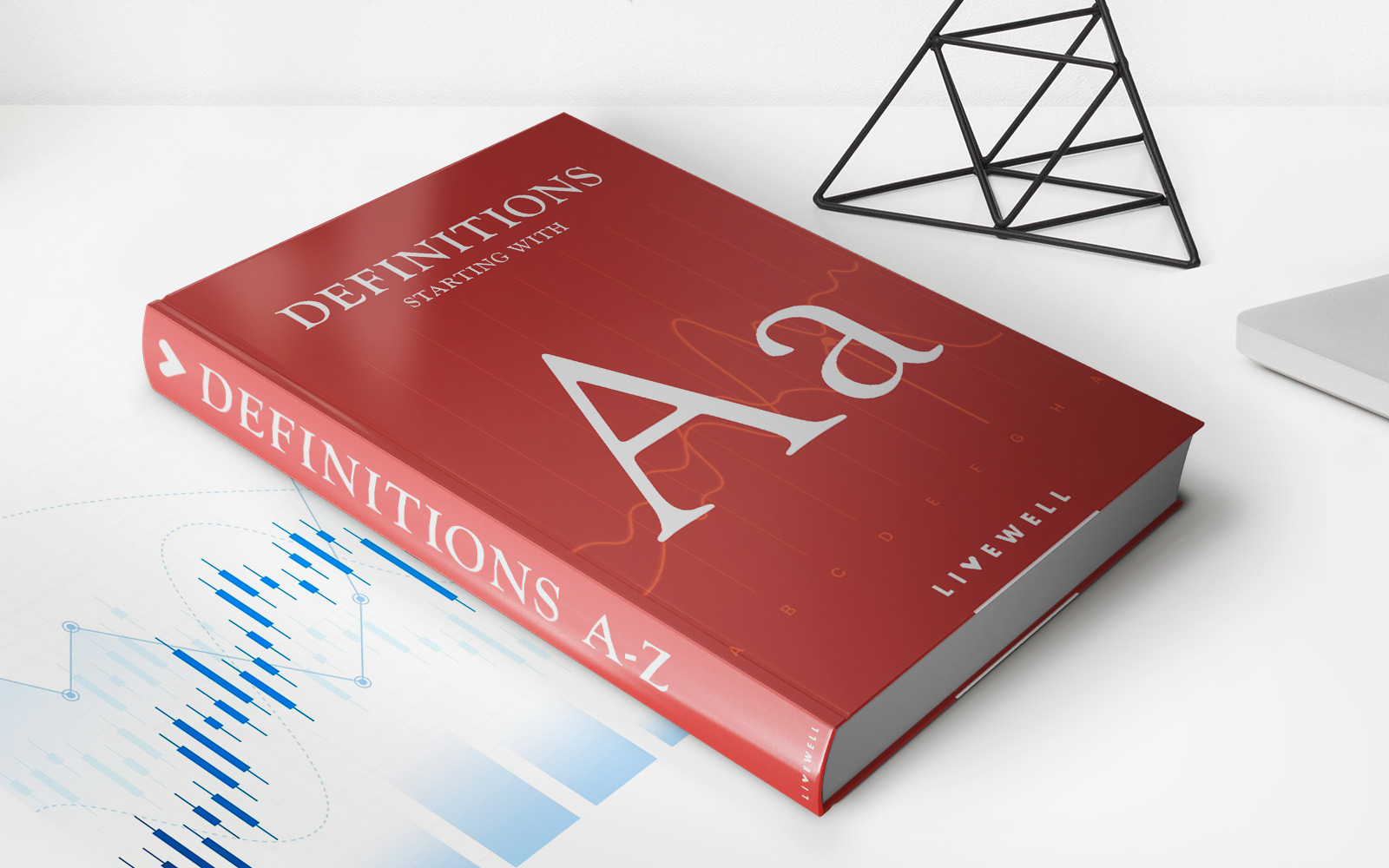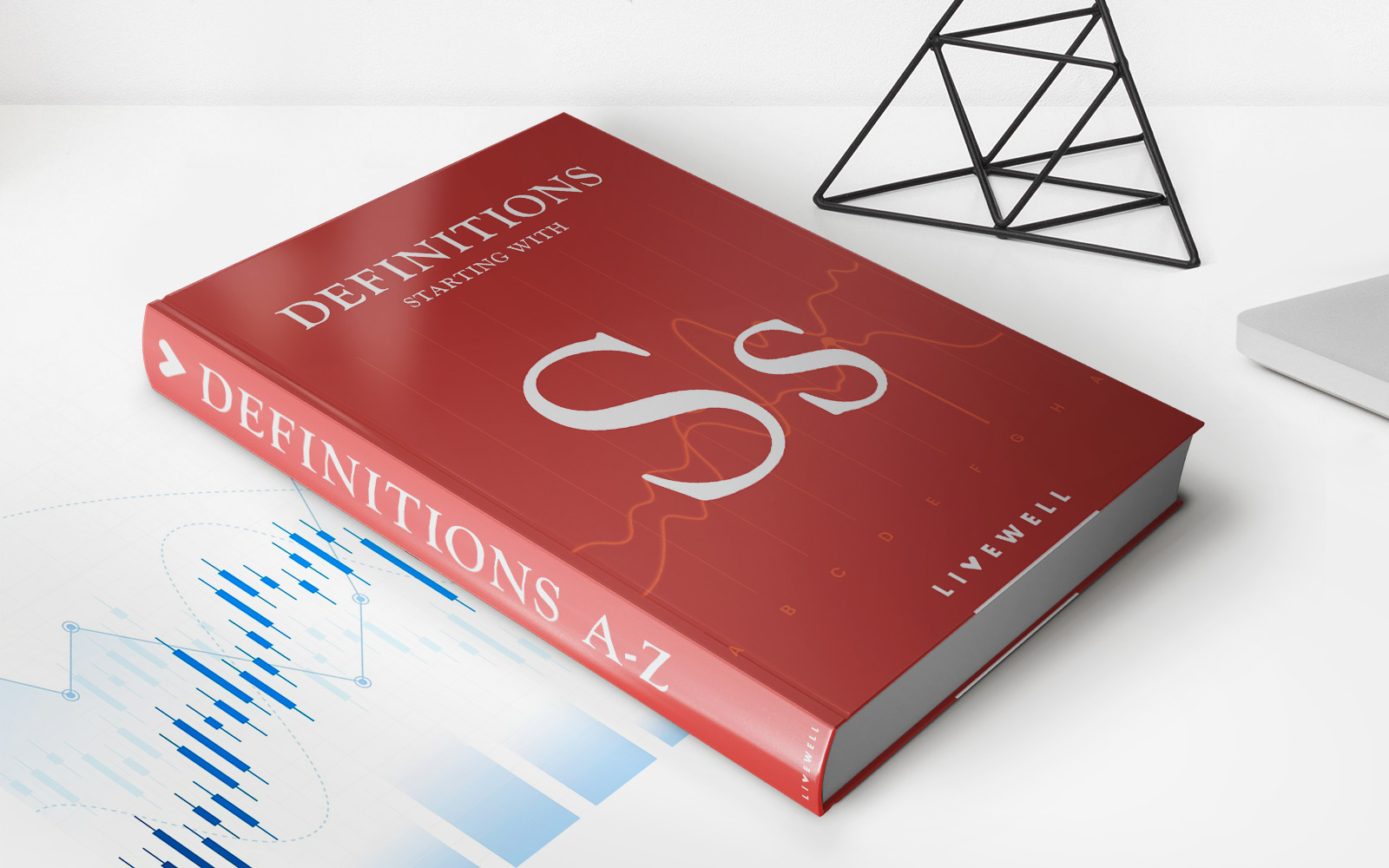Home>Finance>Block Header (Cryptocurrency): Definition And How It Works
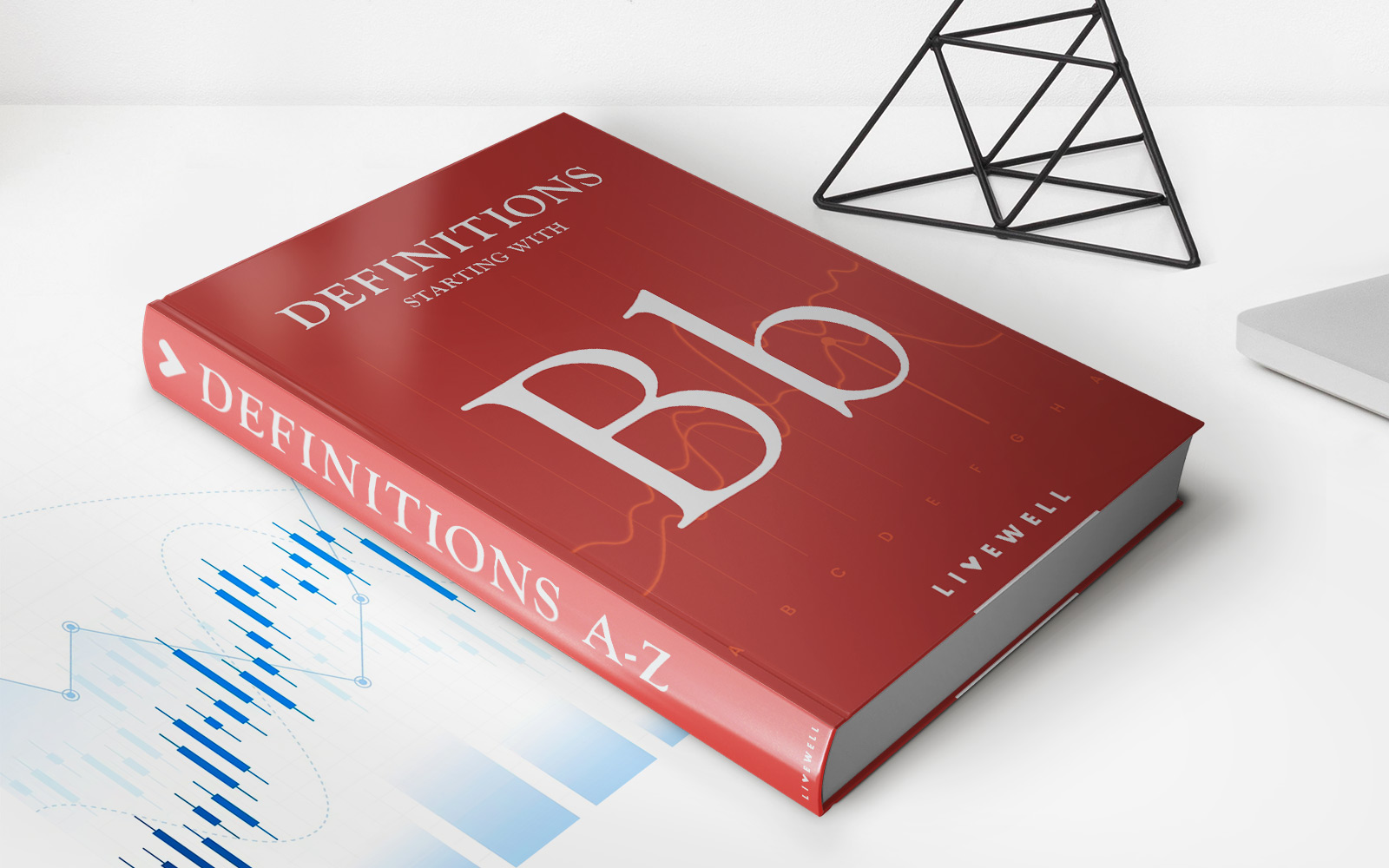

Finance
Block Header (Cryptocurrency): Definition And How It Works
Published: October 17, 2023
Discover the definition and workings of block headers in cryptocurrency, a crucial aspect in the world of finance. Gain insights into how block headers contribute to the secure and efficient functioning of blockchain technology.
(Many of the links in this article redirect to a specific reviewed product. Your purchase of these products through affiliate links helps to generate commission for LiveWell, at no extra cost. Learn more)
Block Header (Cryptocurrency): Definition and How It Works
Welcome to our Finance blog post on the topic of Block Header in cryptocurrency! If you’re interested in learning about the technical aspects of blockchain technology and how it secures transactions, then you’ve come to the right place. In this article, we will define what a block header is, explain its role in the blockchain, and discuss how it works. So, let’s dive in!
Key Takeaways:
- A block header is a data structure that contains important metadata about a block in a blockchain.
- It includes information such as the block’s version number, timestamp, previous block hash, Merkle root, and more.
What is a Block Header?
A block header can be thought of as the “identity card” of a block in a blockchain. It is a data structure that consists of several fields, which together provide crucial information about the block. Each block in a blockchain has its own unique header.
The main components of a block header include:
- Version: Specifies the software version used to create the block.
- Timestamp: Records the date and time when the block was created.
- Previous Block Hash: Stores the cryptographic hash of the previous block’s header, creating a chain of blocks.
- Merkle Root: A hashed summary of all the transactions in the block.
- Nonce: A random number used in the process of mining to generate a hash value that meets certain criteria.
These fields are combined to form the block header, which is then hashed using a specific algorithm, such as SHA-256 (Secure Hash Algorithm 256-bit), to create a unique hash value for the header. This hash value is crucial for maintaining the integrity and immutability of the blockchain.
How Does a Block Header Work?
The block header plays a fundamental role in the blockchain’s consensus mechanism, security, and overall functionality. Here’s a step-by-step explanation of how a block header works:
- A block is created by a miner who aggregates a set of transactions into the block.
- The miner then fills in the block header with the relevant information, including the version, timestamp, previous block hash, Merkle root, and nonce.
- The miner varies the value of the nonce until the resulting hash value of the block header meets certain criteria, such as being lower than a specific target value.
- Once the desired hash value is found, the miner broadcasts the new block to the network for validation.
- Other nodes in the network verify the block’s validity by checking the hash value and confirming that the transactions in the block are legitimate.
- If the block passes validation, it is added to the blockchain, and the process starts again for the next block.
By implementing the block header and consensus mechanism, blockchain technology ensures that the entire network agrees on the validity and order of transactions. It also makes it extremely difficult for attackers to modify past blocks, as any change in a block’s data would cause the hash value to change, breaking the chain of valid hashes.
Conclusion
In summary, a block header is an essential component of a block in a blockchain. It contains important metadata about the block, such as version, timestamp, previous block hash, Merkle root, and nonce. Block headers play a key role in maintaining the blockchain’s integrity, enabling consensus, and ensuring the security of transactions. Understanding how block headers work provides a solid foundation in comprehending the inner workings of cryptocurrencies and blockchain technology.
Thank you for reading our blog post on Block Headers in cryptocurrencies. We hope you found this informative and helpful in understanding the fascinating world of blockchain technology!


